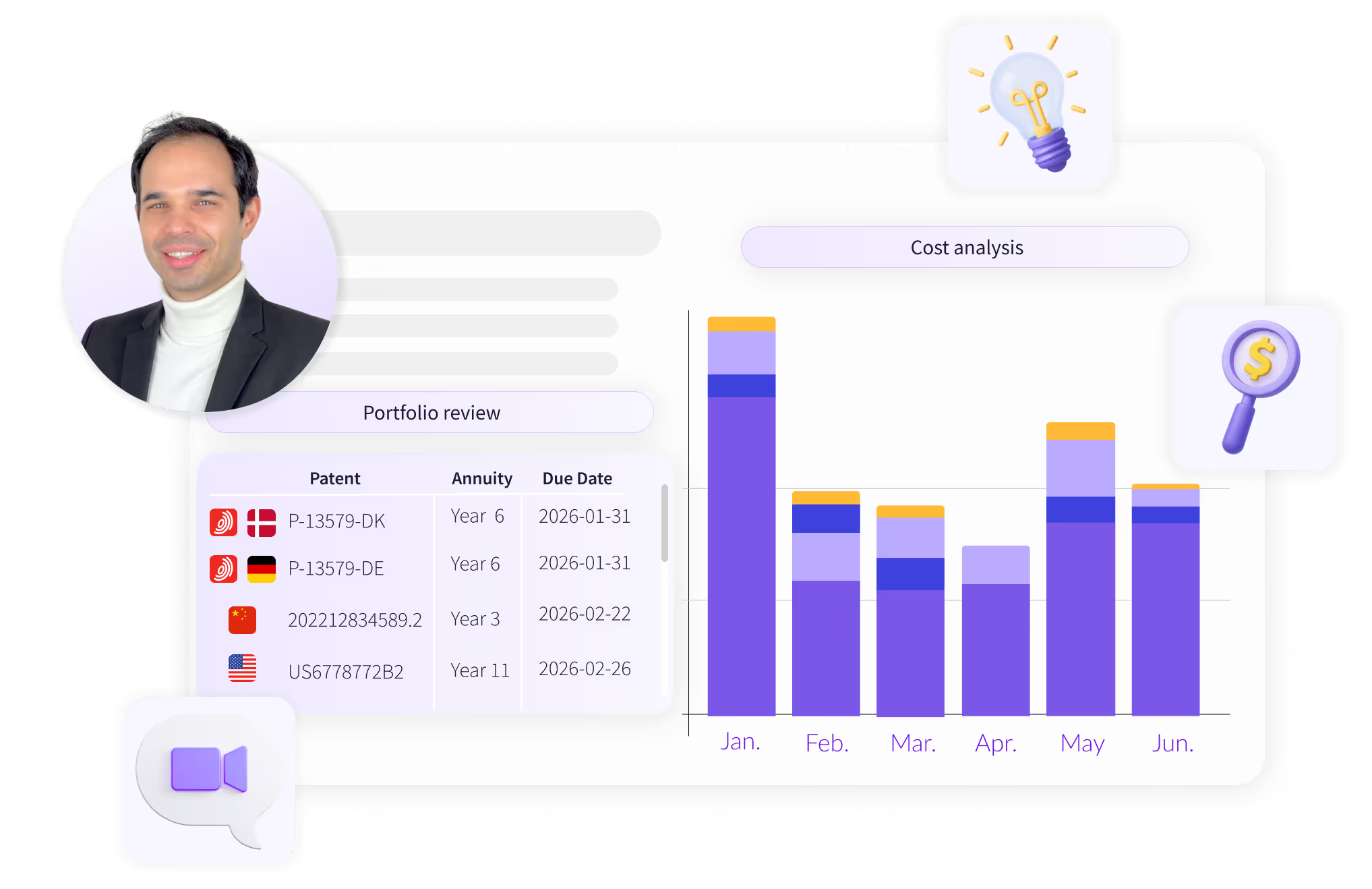TRY OUR NEW (FREE) IP RENEWAL COST CALCULATOR
Calculate.avif)
Utility models are a form of intellectual property protection that is often overshadowed by patents but are equally important for inventors, especially for ones focusing on incremental innovations. This article explores the basics of utility models, their qualification criteria, the differences from patents, and their availability across various jurisdictions. Whether you're an inventor, a business owner, or an IP professional, understanding the nature of utility models can be advantageous when protecting and managing your innovations.
Utility models grant exclusive rights to the owner of an invention and offer legal protection to prevent others from commercially using the protected technology.
As of January 2024, utility models are available in the below mentioned 76 jurisdictions, sometimes also called utility model patents, utility certificates, petty patents, simple patents or innovation patents. Regardless of the name, these intellectual property rights generally offer similar protection, therefore they can be all categorized as utility model rights.
What can be protected by utility models varies by jurisdiction worldwide. In some countries, all patentable technological fields are available for utility model protection as well, but in others, utility model protection is solely available for certain types of technology (like mechanical devices) and only for products, not for processes. In these instances, you can't use a utility model to protect a method or a way of doing something (which is often covered by patents), but only a tangible, physical product.
On the other hand, the requirements for the inventions “inventive step” and “novelty” are often lower when it comes to utility model applications, so inventors often choose this protection for inventions that are not patentable due to the above mentioned criteria, such as more modest improvements or adaptations of technologies.
Obtaining both a patent and a utility model for the same invention is not possible, in case the same inventor would file for both patent and utility model protection for the same technology, either only the earliest application would be valid, or the inventor could choose which one to commence with. In some jurisdictions, converting patent applications into utility model applications, and the other way are both possible.
In most countries, where utility models are available, they generally have a shorter protection span, usually 6 to 10 years, depending on the jurisdiction. The renewal process is more straightforward and less expensive compared to traditional patents. After utility models become granted, they often need to be renewed every year. If the renewal fee is not paid on time, the invention will lose its protection and will be available for public use again.
The list below shows the countries where you can apply for IP rights that can be categorized as utility models, the local terminology used in each country and the length of its protection.
Utility models and patents both offer exclusive rights to an invention within a country where they are granted. While utility models are sometimes also referred to as “short-term patents” or “innovation patents”, there are key differences between patents and utility models when it comes to costs, duration and the inventions themselves.
Choosing between patents and utility models is a key consideration when an inventor is seeking protection for a newly invented technology or technological improvement.
For better understanding, we summarized the similarities and differences between patents and utility models in 3 aspects:
The PatentRenewal.com platform ensures a simplified, more cost-effective approach to IP management. PatentRenewal.com not only provides an automated and digital way of handling your utility model, design, and patent renewals, but also offers significant cost savings with each renewal.
Explore how PatentRenewal.com can elevate your IP strategy and optimize your IP renewal processes. Book a meeting or request a free price comparison now.
Interested in a free IP renewal consultation? Benchmark your current IP renewal setup and costs against market standards.
